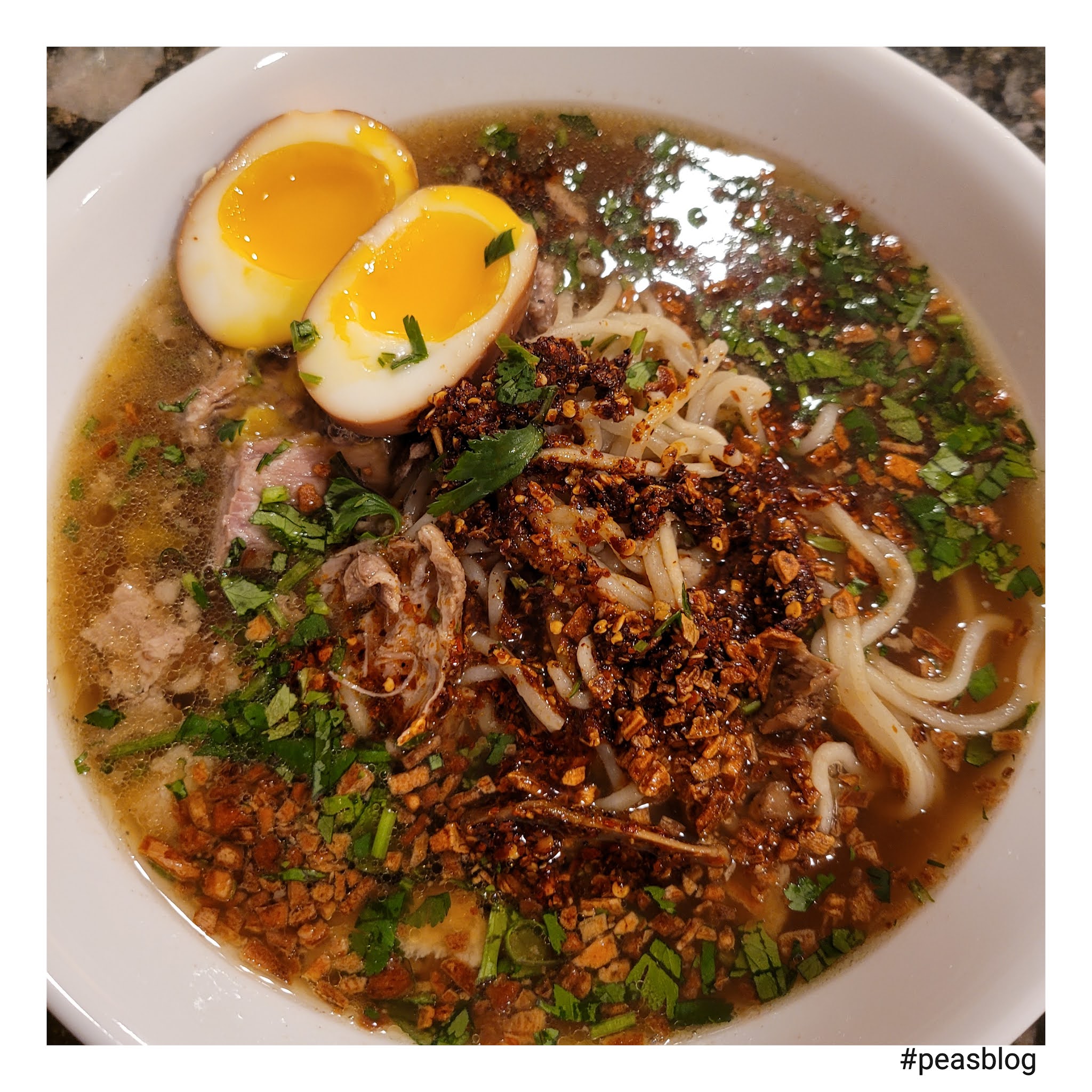Understanding Ramen Noodle Infection: Causes, Symptoms, And Prevention
Ramen noodle infection is a serious health concern that has garnered attention in recent years due to various outbreaks linked to contaminated food products. The consumption of instant ramen noodles, a popular convenience food worldwide, has been associated with foodborne illnesses that can affect anyone. In this article, we will delve deep into what ramen noodle infection entails, its causes, symptoms, and effective prevention strategies.
This topic is particularly important as food safety plays a crucial role in our daily lives, impacting not only our health but also our overall well-being. By understanding the risks associated with ramen noodles and how to mitigate them, consumers can make informed choices. Additionally, we will explore the microbiological aspects of ramen noodles and the conditions that can lead to infection.
Whether you are an avid ramen lover or just curious about food safety, this comprehensive guide will equip you with the knowledge needed to enjoy your favorite noodles safely. So, let’s dive into the world of ramen noodle infection!
Table of Contents
- What is Ramen Noodle Infection?
- Causes of Ramen Noodle Infection
- Symptoms of Ramen Noodle Infection
- Who is at Risk?
- Prevention Tips
- Treatment Options
- The Role of Food Safety Regulations
- Conclusion
What is Ramen Noodle Infection?
Ramen noodle infection refers to foodborne illnesses that arise after consuming contaminated ramen noodles. These infections can be caused by various pathogens, including bacteria, viruses, and parasites. The nature of instant ramen noodles, combined with improper handling and cooking methods, can create an environment conducive to the growth of harmful microorganisms.
Types of Pathogens
Several types of pathogens can lead to ramen noodle infections:
- Bacteria: Common culprits include Salmonella, Escherichia coli (E. coli), and Listeria monocytogenes.
- Viruses: Norovirus is one of the most frequently reported viruses in foodborne outbreaks.
- Parasites: While less common, certain parasites can also contaminate food products.
Causes of Ramen Noodle Infection
The primary causes of ramen noodle infection often stem from various factors related to food production, preparation, and consumption. Understanding these causes can help prevent infections.
Contamination Sources
- Raw Ingredients: Contaminated flour or other ingredients used in ramen production.
- Improper Cooking: Not cooking noodles at the right temperature can allow pathogens to survive.
- Cross-Contamination: Using utensils or surfaces that have come into contact with raw meat or unclean items.
Storage Issues
Improper storage conditions can also contribute to the risk of infection. Ramen noodles should be stored in a cool, dry place, and any opened packages should be consumed promptly.
Symptoms of Ramen Noodle Infection
The symptoms of ramen noodle infection can vary depending on the pathogen involved, but common signs include:
- Nausea and vomiting
- Diarrhea
- Abdominal cramps
- Fever
- Fatigue
When to Seek Medical Attention
If symptoms are severe or persist for more than a few days, it is vital to seek medical attention. Vulnerable populations, such as young children, the elderly, and those with weakened immune systems, should be particularly cautious.
Who is at Risk?
While anyone can experience a ramen noodle infection, certain groups are at a higher risk:
- Children under the age of five
- Older adults
- Pregnant women
- Individuals with chronic illnesses or weakened immune systems
Prevention Tips
Preventing ramen noodle infections involves a combination of proper cooking, handling, and storage practices. Here are some effective tips:
- Always cook ramen noodles according to package instructions.
- Wash hands, utensils, and surfaces thoroughly before and after handling food.
- Avoid cross-contamination by keeping raw and cooked foods separate.
- Store unopened ramen noodles in a cool, dry place and consume opened packages promptly.
Treatment Options
Treatment for ramen noodle infection primarily focuses on managing symptoms and preventing dehydration. Here are some common options:
- Hydration: Consuming plenty of fluids to stay hydrated.
- Rest: Allowing the body to recover through adequate rest.
- Medical Intervention: In severe cases, medical treatment may be necessary, including antibiotics for bacterial infections.
The Role of Food Safety Regulations
Food safety regulations play a crucial role in preventing ramen noodle infections. Regulatory agencies monitor food production standards and establish guidelines to ensure consumer safety. Compliance with these regulations is essential for manufacturers to minimize the risk of contamination.
Conclusion
In summary, understanding ramen noodle infection is essential for anyone who enjoys this popular dish. By being aware of the causes, symptoms, and prevention strategies, consumers can significantly reduce their risk of foodborne illnesses. Always prioritize food safety, and don't hesitate to seek medical advice if you experience severe symptoms. If you found this article helpful, please leave a comment below or share it with others interested in food safety.
Thank you for reading, and we hope to see you back for more informative articles on health and safety!
Exploring The Tragic Case Of Dee Dee Blancharde: Crime Photos And Insights
Lust Goddess: Unraveling The Mystique Of Desire And Empowerment
Brooke Henderson Engaged: A Look Into The Life Of A Rising Golf Star


